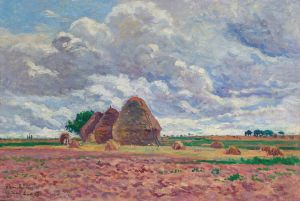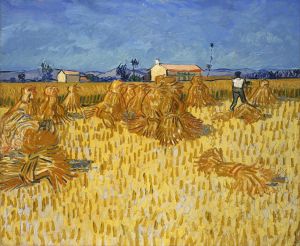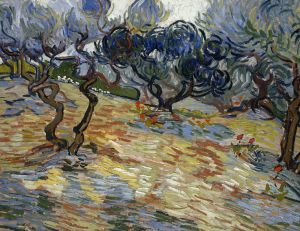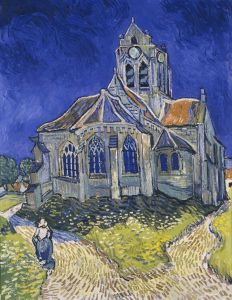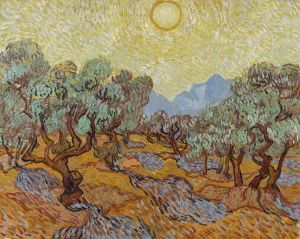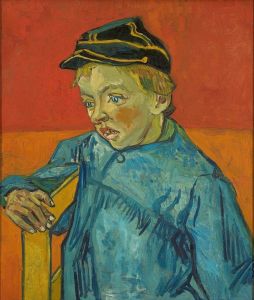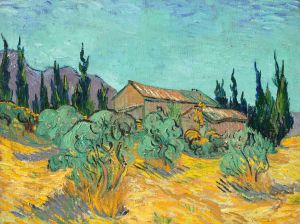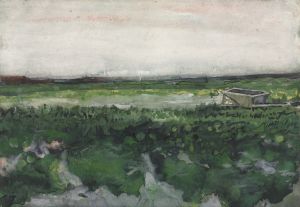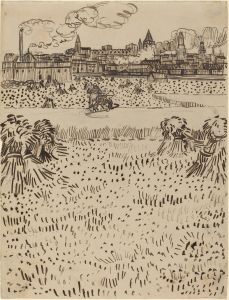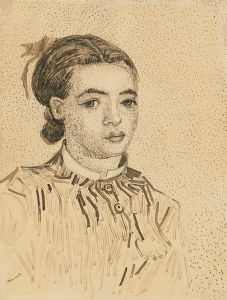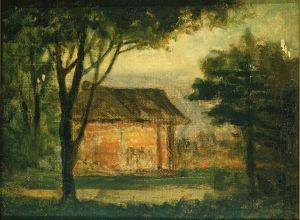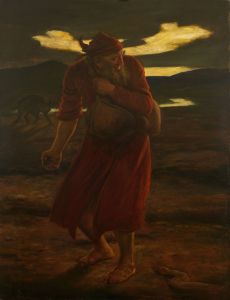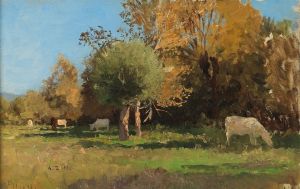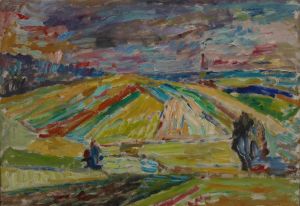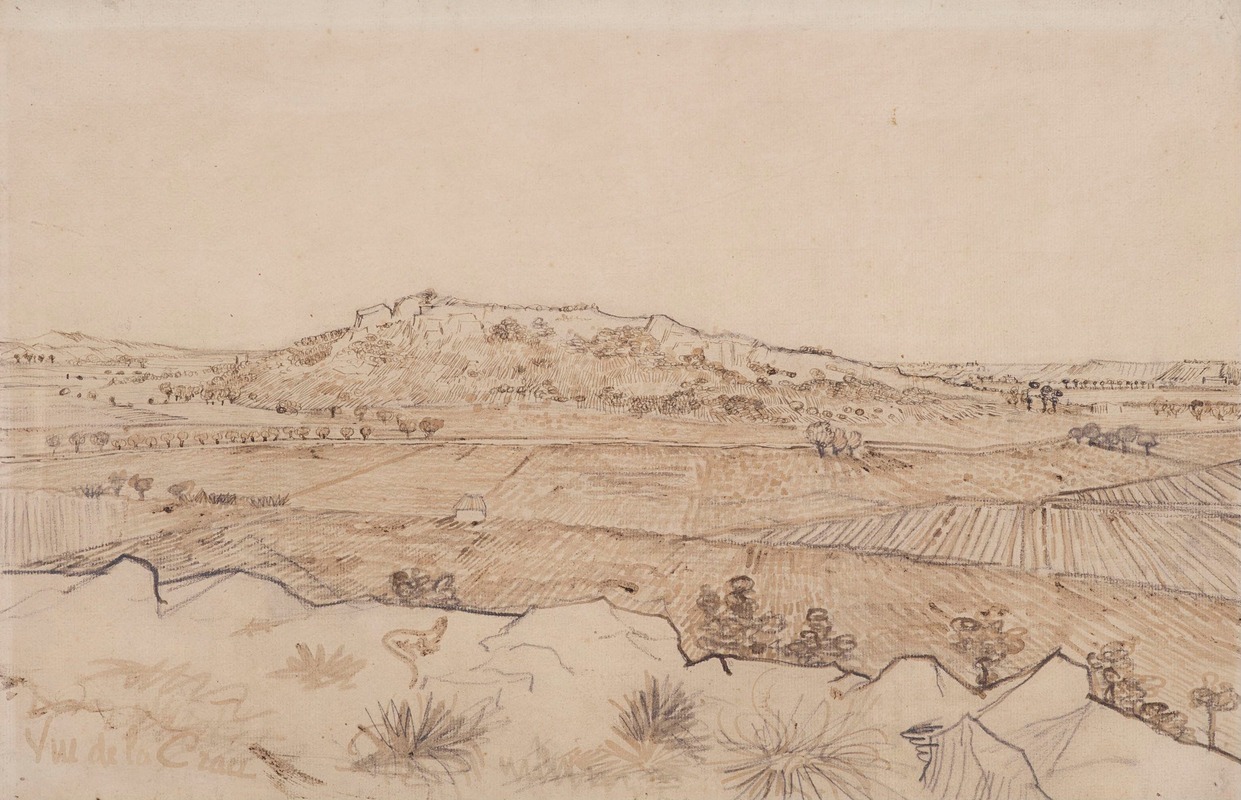
The Plain of La Crau
A hand-painted replica of Vincent van Gogh’s masterpiece The Plain of La Crau, meticulously crafted by professional artists to capture the true essence of the original. Each piece is created with museum-quality canvas and rare mineral pigments, carefully painted by experienced artists with delicate brushstrokes and rich, layered colors to perfectly recreate the texture of the original artwork. Unlike machine-printed reproductions, this hand-painted version brings the painting to life, infused with the artist’s emotions and skill in every stroke. Whether for personal collection or home decoration, it instantly elevates the artistic atmosphere of any space.
"The Plain of La Crau" is a painting by the renowned Dutch artist Vincent van Gogh, created in 1888 during his prolific period in Arles, a town in the south of France. This work is part of Van Gogh's exploration of the Provençal landscape, capturing the unique light and vibrant colors of the region.
Vincent van Gogh moved to Arles in February 1888, seeking the bright light and vivid colors of the south, which he believed would enhance his work. The landscape of La Crau, a plain near Arles, provided Van Gogh with a rich tapestry of natural beauty and agricultural activity, which he sought to capture in his paintings. The area was known for its wheat fields, orchards, and the distinctive quality of its light, all of which are reflected in Van Gogh's work from this period.
"The Plain of La Crau" depicts a vast, open landscape under a wide sky, with fields stretching into the distance. Van Gogh's use of color in this painting is particularly striking, employing a palette of yellows, greens, and blues to convey the warmth and brightness of the Provençal sun. The brushwork is dynamic and expressive, characteristic of Van Gogh's style, with bold, swirling strokes that bring a sense of movement and life to the scene.
This painting is part of a series of works Van Gogh created that focus on the rural life and landscapes around Arles. During this time, he was deeply influenced by the natural surroundings and sought to capture the essence of the region's beauty. Van Gogh's letters to his brother Theo often mention his fascination with the landscape and his desire to express the emotional and spiritual resonance he found in nature.
"The Plain of La Crau" reflects Van Gogh's interest in the cycles of nature and the lives of the people who worked the land. The painting is not just a depiction of a landscape but an exploration of the relationship between humanity and nature. This theme is prevalent in many of Van Gogh's works, where he often portrayed the harmony and tension between the natural world and human activity.
Van Gogh's time in Arles was one of intense creativity, during which he produced some of his most famous works. However, it was also a period of personal struggle, as he grappled with mental health issues that would later lead to his hospitalization. Despite these challenges, Van Gogh's work from this period is celebrated for its bold use of color and emotive power.
Today, "The Plain of La Crau" is recognized as an important work in Van Gogh's oeuvre, exemplifying his ability to transform the everyday landscape into a scene of profound beauty and emotional depth. The painting is held in high regard by art historians and continues to be studied for its innovative approach to color and form, as well as its reflection of Van Gogh's unique vision of the world.





